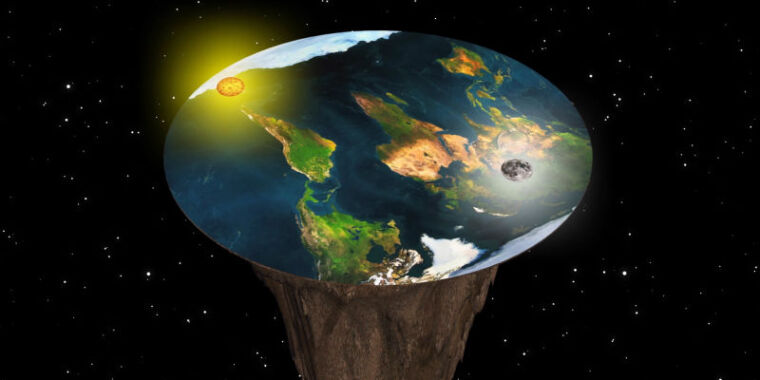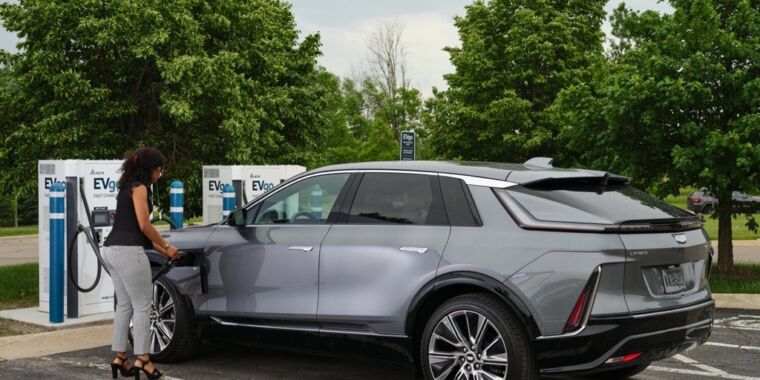The public has a very strange relationship with science. On the one hand, scientists have been among the most trusted figures in US society, and the same holds true in many other countries. On the other hand, there’s widespread mistrust in many of the conclusions scientists have reached. Perennial issues of public mistrust like evolution and climate change have recently been joined by a range of conspiracy theories about the COVID pandemic—even the shape of the Earth has become an issue.
How do we explain the huge gap between what the public thinks about scientists and what they often think about the conclusions scientists reach? And who do we blame for this gap? People have pointed fingers at scientists, at the public, and at the journalists who act as intermediaries between the two.
This week’s Edge of Knowledge takes a break from exploring the mysteries of the Universe and instead focuses on the mystery of what goes on inside our brains as they build beliefs through interactions with the society we’ve built.
Those interactions are incredibly complex, and there’s not a single, simple problem that explains the growth of false beliefs. As host Paul Sutter talks to various scientists and science communicators (including a number of Ars’ science writers), he bumps into a wide range of questions. What influences whether the public accepts a scientific finding? Does a refusal to accept scientific evidence represent an anti-science attitude? Can doing a better job communicating science help avoid these problems?
As you might expect, there are no easy answers, and the people Paul talks with have different issues they’re focused on. At the same time, the lack of a single answer doesn’t mean there are no ideas about what we can do differently. Many people have thoughts about what might work to get science’s evidence and the public’s beliefs into better alignment.





